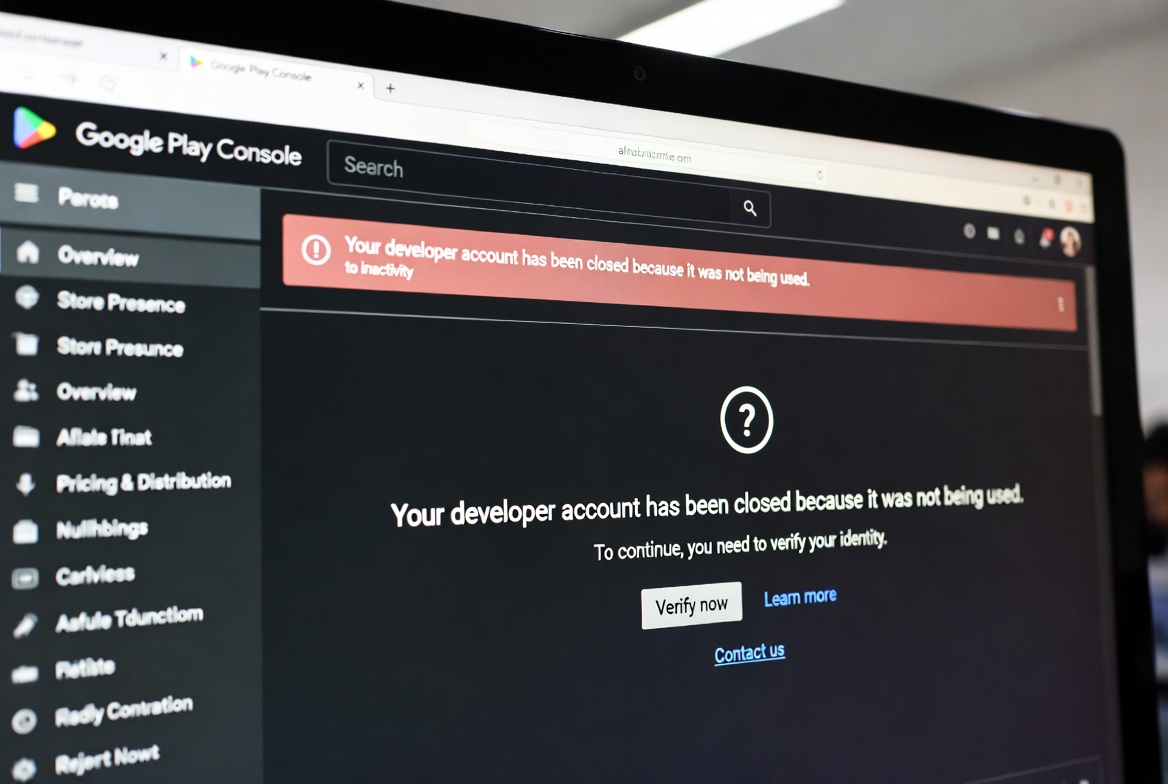Table of Contents
- Step 1: Setting Goals
- 1.1 Be Specific
- 1.2 Make Them Measurable
- 1.3 Set Achievable Targets
- 1.4 Relevance is Key
- 1.5 Time-Bound Goals
- Step 2: Defining Your Target Audience
- 2.1 Conduct Market Research
- 2.2 Create Buyer Personas
- 2.3 Segment Your Audience
- 2.4 Analyze Competitors
- 2.5 Use Analytics
- Step 3: Budgeting
- 3.1 Assess Your Current Financial Situation
- 3.2 Set Priorities
- 3.3 Allocate Funds to Each Channel
- 3.4 Plan for Contingencies
- 3.5 Monitor and Adjust
- Step 4: Choosing the Right Channels
- 4.1 Social Media Marketing
- 4.2 Content Marketing
- 4.3 Search Engine Optimization (SEO)
- 4.4 Email Marketing
- 4.5 Pay-Per-Click (PPC) Advertising
- 4.6 Influencer Marketing
- 4.7 Affiliate Marketing
- 4.8 Video Marketing
- 4.9 Webinars and Online Events
- 4.10 Mobile Marketing
- Conclusion
In today’s digital age, having a robust digital marketing strategy is crucial for any business that aims to thrive in a competitive environment. A well-crafted digital marketing strategy can help you reach your target audience, achieve your business goals, and maximize your return on investment (ROI). In this blog, we will walk you through the essential steps to creating an effective digital marketing strategy, focusing on setting goals, defining your target audience, budgeting, and choosing the right channels.
Step 1: Setting Goals
The first and foremost step in creating an effective digital marketing strategy is to set clear, measurable, and achievable goals. Your goals will serve as the foundation of your strategy, guiding your efforts and helping you evaluate your success. Here are some tips for setting effective digital marketing goals:
1.1 Be Specific
Your goals should be specific and well-defined. Instead of setting vague goals like “increase website traffic,” aim for more precise objectives such as “increase website traffic by 20% within the next six months.”
1.2 Make Them Measurable
Ensure that your goals are measurable so that you can track your progress and determine whether you’ve achieved them. Use metrics such as website traffic, conversion rates, social media engagement, and email open rates to quantify your goals.
1.3 Set Achievable Targets
While it’s important to aim high, your goals should also be realistic and attainable. Setting unattainable goals can lead to frustration and demotivation. Consider your current resources, capabilities, and market conditions when setting your targets.
1.4 Relevance is Key
Your goals should align with your overall business objectives and be relevant to your industry and target audience. For example, if your primary objective is to increase sales, your digital marketing goals should focus on driving conversions and generating leads.
1.5 Time-Bound Goals
Set a specific timeframe for achieving your goals. This will create a sense of urgency and help you stay focused. For example, “increase social media followers by 15% within three months.”
Step 2: Defining Your Target Audience
Understanding your target audience is crucial for developing a successful digital marketing strategy. Your target audience consists of the people who are most likely to be interested in your products or services. Here’s how to define your target audience:
2.1 Conduct Market Research
Start by conducting thorough market research to gather information about your potential customers. Use surveys, interviews, and online analytics tools to collect data on their demographics, preferences, behaviours, and pain points.
2.2 Create Buyer Personas
Based on your market research, create detailed buyer personas that represent your ideal customers. A buyer persona is a fictional character that embodies the characteristics of your target audience. Include information such as age, gender, occupation, income, interests, and challenges.
2.3 Segment Your Audience
Segment your audience into different groups based on common characteristics and behaviours. This will allow you to tailor your marketing messages and campaigns to each segment, increasing their relevance and effectiveness.
2.4 Analyze Competitors
Study your competitors’ target audience and marketing strategies. Identify any gaps or opportunities that you can leverage to attract your target audience.
2.5 Use Analytics
Utilize analytics tools to gain insights into your website visitors, social media followers, and email subscribers. Analyse their behaviour, preferences, and engagement patterns to refine your target audience.
Step 3: Budgeting
Budgeting is a critical step in your digital marketing strategy. It involves allocating your resources effectively to achieve your goals. Here’s how to create a digital marketing budget:
3.1 Assess Your Current Financial Situation
Evaluate your current financial situation to determine how much you can afford to spend on digital marketing. Consider your overall marketing budget, revenue, and expenses.
3.2 Set Priorities
Prioritize your digital marketing activities based on their potential impact on your goals. Allocate more budget to high-impact activities such as content creation, social media advertising, and email marketing.
3.3 Allocate Funds to Each Channel
Divide your budget among different digital marketing channels based on their effectiveness and your target audience’s preferences. Common channels include social media, search engine marketing (SEM), email marketing, content marketing, and influencer marketing.
Related Posts
3.4 Plan for Contingencies
Set aside a portion of your budget for unexpected expenses or opportunities. This will give you the flexibility to adjust your strategy as needed.
3.5 Monitor and Adjust
Regularly monitor your spending and ROI to ensure that you are staying within your budget and achieving your goals. Make adjustments as necessary to optimize your budget allocation.
Step 4: Choosing the Right Channels
Choosing the right digital marketing channels is essential for reaching your target audience and achieving your goals. Different channels have different strengths and are suited for different purposes. Here are some common digital marketing channels and how to choose the right ones for your strategy:
4.1 Social Media Marketing
Social media platforms such as Facebook, Instagram, Twitter, LinkedIn, and TikTok are powerful tools for reaching and engaging your target audience. Choose the platforms that your audience frequents the most and create tailored content for each platform.
4.2 Content Marketing
Content marketing involves creating and sharing valuable content to attract and engage your target audience. This can include blog posts, articles, videos, infographics, and podcasts. Focus on creating high-quality, relevant content that addresses your audience’s needs and interests.
4.3 Search Engine Optimization (SEO)
SEO is the process of optimizing your website and content to rank higher in search engine results pages (SERPs). This can drive organic traffic to your site and increase your visibility. Invest in keyword research, on-page optimization, and link building to improve your SEO efforts.
4.4 Email Marketing
Email marketing is an effective way to nurture leads and build relationships with your audience. Use email campaigns to deliver personalized content, promotions, and updates directly to your subscribers’ inboxes. Segment your email list and tailor your messages to each segment.
4.5 Pay-Per-Click (PPC) Advertising
PPC advertising involves paying for ads that appear on search engines, social media platforms, and other websites. This can drive immediate traffic to your site and generate leads. Set a budget for your PPC campaigns and target specific keywords and demographics.
4.6 Influencer Marketing
Influencer marketing involves partnering with influencers who have a large following and influence over your target audience. Collaborate with influencers to promote your products or services and reach a wider audience.
4.7 Affiliate Marketing
Affiliate marketing involves partnering with affiliates who promote your products or services in exchange for a commission. This can help you reach new audiences and drive sales.
4.8 Video Marketing
Video marketing involves creating and sharing videos to engage your audience and promote your brand. This can include product demos, tutorials, testimonials, and live streams. Use platforms like YouTube, Vimeo, and social media to distribute your videos.
4.9 Webinars and Online Events
Webinars and online events are effective ways to engage your audience and provide valuable information. Host webinars on topics related to your industry and invite experts to share their insights.
4.10 Mobile Marketing
Mobile marketing involves reaching your audience through mobile devices. This can include mobile apps, SMS marketing, and mobile-friendly websites. Ensure that your digital marketing efforts are optimized for mobile users.
Conclusion
Creating an effective digital marketing strategy requires careful planning, research, and execution. By setting clear goals, defining your target audience, budgeting wisely, and choosing the right channels, you can develop a strategy that drives results and helps your business grow. Remember to continuously monitor your performance, analyse your results, and make adjustments as needed to stay ahead of the competition. With a well-crafted digital marketing strategy, you can reach your audience, achieve your goals, and maximize your ROI.



